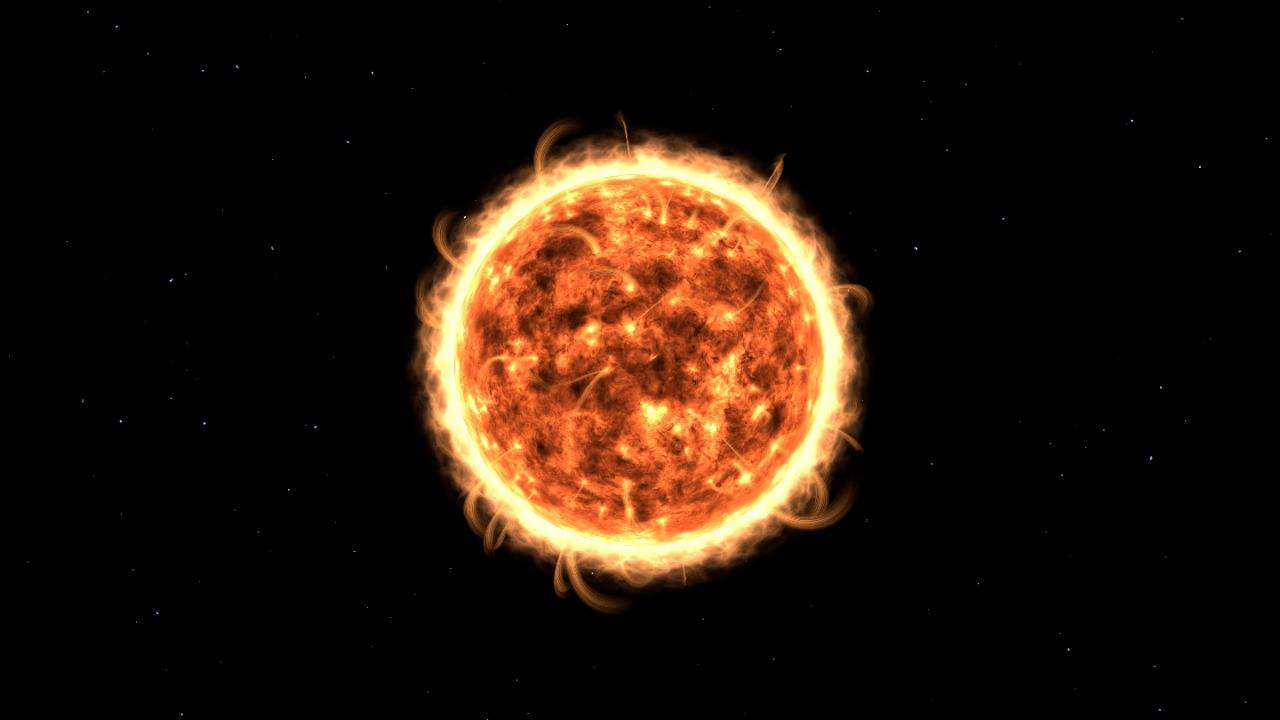
The Sun, our nearest celestial neighbor, is undeniably a star, not a planet, as centuries of astronomical observations have confirmed. However, the boundaries of celestial definitions are continually being probed and challenged. A recent proposal by the University of California has questioned the current scientific definition of a planet, which necessitates orbiting our Sun, potentially expanding the term to encompass exoplanets and rogue worlds. Simultaneously, simulations have warned of the potential loss of a planet from our Solar System due to a passing star, underscoring the vulnerabilities in our cosmic neighborhood.
Defining Stars Versus Planets
The International Astronomical Union (IAU) provides the core criteria for distinguishing stars from planets. Stars, like our Sun, are characterized by their fusion-powered luminosity and their hydrogen-helium composition, as evidenced by established solar models. On the other hand, planets are defined by their requirement to orbit a star, a definition solidified by the 2006 IAU resolution that demoted Pluto from its planetary status. Spectroscopy, which reveals the Sun’s plasma state and nuclear reactions, further confirms the Sun’s classification as a star.
The Sun’s Proven Stellar Nature
Data from helioseismology, the study of the Sun’s internal oscillations, confirms the Sun’s internal fusion core. This core generates energy through proton-proton chains at a staggering 15 million degrees Celsius. Observations of the Sun’s surface, such as sunspots and solar flares, provide further evidence of the Sun’s stellar nature, demonstrating magnetic activity unique to stars and not found in planets. The Sun’s mass, a colossal 1.989 × 10^30 kilograms, accounts for 99.8% of the Solar System’s total mass, enabling it to exert gravitational dominance over the bodies orbiting it.
Uncertainties in the Sun’s Interior
Despite these certainties, mysteries about the Sun’s interior persist. As Popular Science reported in 2020, we still don’t fully understand what’s inside the Sun, but upcoming neutrino detectors could soon change that. There are discrepancies in solar models, such as the “solar composition problem,” which arises from conflicting readings of metal abundance from spectroscopy and helioseismology. Future missions, like the Parker Solar Probe, could refine our understanding of the Sun’s radiative zone, further illuminating the Sun’s interior.
Risks from Nearby Stellar Encounters
Our Solar System is not immune to cosmic disruptions. According to a 2025 Scientific American article, a passing star within 0.1 light-years could perturb the orbits of our planets, potentially ejecting Neptune or Uranus. Simulations using N-body dynamics illustrate the potential gravitational effects of such an encounter, highlighting the vulnerability of the Oort Cloud, a distant region of icy bodies, to such disruptions over billions of years. Historical close passes, such as that of Scholz’s Star 70,000 years ago, have had minimal effects on the outer Solar System, but the risk remains.
Planet-Hunting in Nearby Star Systems
As we continue to explore our cosmic neighborhood, we’re discovering a diverse array of worlds that challenge our definitions of stars and planets. In 2021, NPR reported on how alien planet-hunters in hundreds of nearby star systems could spot Earth using transit methods from telescopes like TESS. Radial velocity techniques have detected exoplanets around stars up to 300 light-years away, revealing a variety of worlds that test our classifications of Sun-like stars. These observations of free-floating objects challenge the notion that planets must orbit a star like our Sun.
Proposals to Redefine Celestial Bodies
In 2024, the University of California proposed a change to the scientific definition of a planet. The current definition, which requires a planet to orbit our Sun, could be expanded to include geophysical traits like rounded shapes resulting from hydrostatic equilibrium. This proposal has its pros and cons. On the one hand, it would be more inclusive, potentially encompassing the 5,000+ confirmed exoplanets. On the other hand, it could cause confusion in public understanding. If adopted, this new definition could also impact the nomenclature of our Solar System, potentially elevating moons like Europa to planetary status if they meet the criteria independently.
Future Shifts in Solar Classification
As we continue to explore and understand our universe, the way we classify celestial bodies like our Sun may change. Discover Magazine recently explored this question, synthesizing observational and theoretical evidence. Future data from the James Webb Space Telescope on proto-stars could reveal parallels in the formation of our Sun, further solidifying its status as a star. However, if influences from dark matter are detected in the Sun’s core, this could prompt a paradigm shift in our understanding, even though current evidence still points to the Sun’s stellar nature.
More from MorningOverview